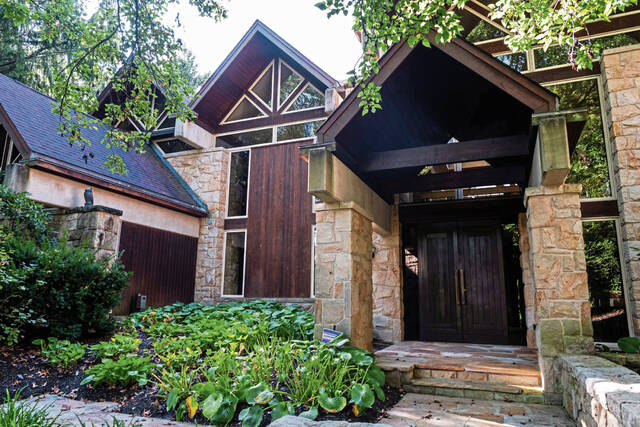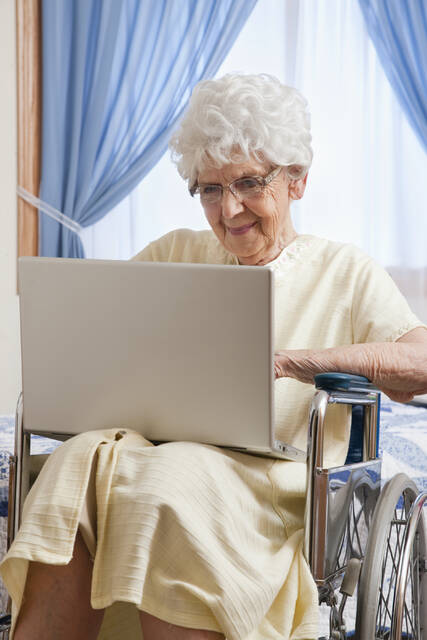More home fires occur during the winter months than any other time of the year. The best way to practice fire safety is to prevent one from happening. Every year, more than 2,500 people die and nearly 13,000 are injured in home fires. Yet many people are not aware of the potential fire hazards that exist in their own homes. The kitchen stove, a
burning candle, or festive holiday lights are among the common household items that can turn dangerous very quickly. Accidental burns are a leading cause of household injuries. Taking a few precautions around your home can greatly reduce the risk of fires.
Home heating equipment is one of the leading causes of home fires during the winter months. When it is cold, many people use fireplaces and space heaters for additional warmth. If used improperly, these heat sources increase the possibility of a fire occurring causing significant burns. Some safety measures to take include these tips from the U.S. Fire Administration:
• Install smoke alarms on every level of your home, including the basement, and test them monthly to be sure they are working properly.
• Have furnaces, heating equipment, and chimneys cleaned and inspected every year by a qualified professional.
• Give space heaters space. Keep anything that can burn, like clothing, furniture, or bedding, at least three feet from any heat source.
• Avoid using electrical space heaters in bathrooms or other areas where they may come in contact with water.
• Never use the oven or stovetop to heat your home.
Frostbite Prevention
Prevention is vitally important as frostbite can lead to very serious consequences.
Everyone is susceptible to frostbite, and children are especially at risk. Early frostbite is characterized by waxy, white, and hard skin that feels numb and has a persistent burning sensation. In more severe cases, frostbitten skin will become blue and mottled or splotchy. At the first sign of redness or pain, get out of the cold, warm up and protect
the exposed skin. Frostbite can attack when temperatures are below freezing. Wind and humidity can shorten the time it takes for frostbite to occur. Bundle in warm, layered, and loose-fitting clothes, a hat and scarf (or a ski mask), warm socks and mittens (not gloves). Spend time inside to periodically to warm up. Keep dry, as wet clothing or skin can increase your risk of frostbite and chance of heat loss.
Some important tips:
• Avoid drinking alcohol before or during exposure to cold weather since alcohol may prevent you from realizing that your body is becoming too cold.
• Bring children in at regular intervals and inspect fingers and noses for signs of frostbite.
• Do not rub or bump the affected areas.
• Do not use direct heart such as a heating pad or hair dryer to warm the affected area.
• Do not pop blisters that appear, as popping blisters on frostbitten skin can cause infection.
• Seek medical attention as soon as possible for a thorough exam and additional treatment.
Holiday hazards to avoid
The time between Thanksgiving and the new year is a time to celebrate with family and friends, but also a time that burn related injuries increase. Fires from home cooking, candles and decorations are frequent. Tips to avoid injury include:
• Do not cook while tired, or leave cooking unattended.
• Turn pot handles inward and leave a safety zone around the stove.
• Be sure all indoor and outdoor lights bear the label of an independent testing laboratory.
• Throw away sets of lights with cracked or frayed cords, or loose or damaged sockets.
• Don’t overload electrical outlets or run extension cords under carpets, across doorways, or near heaters.
• Keep Christmas trees well-watered and dispose shortly after the holiday.
• Home candle fires peak in December so consider using battery-operated or electric flameless candles and fragrance warmers.
If you do sustain a minor burn, stop the burning process and cover any open areas in a clean cloth, and remove any jewelry or clothing in proximity to the burn. Do not apply ice and do not break blisters unless they limit range of motion. Larger burns, or burns of the face, hands. and groins should be evaluated at a burn center.
For more than 50 years, the UPMC Mercy Trauma and Burn Centers have been leaders in providing comprehensive, quality care for burn victims of all ages. The hospital offers a number of burn injury prevention and education programs, including “Learn Not to Burn” and “Back to School”, a school reintroduction program for pediatric burn survivors. To learn more about our burn and trauma services, visit UPMCMercy.com.







